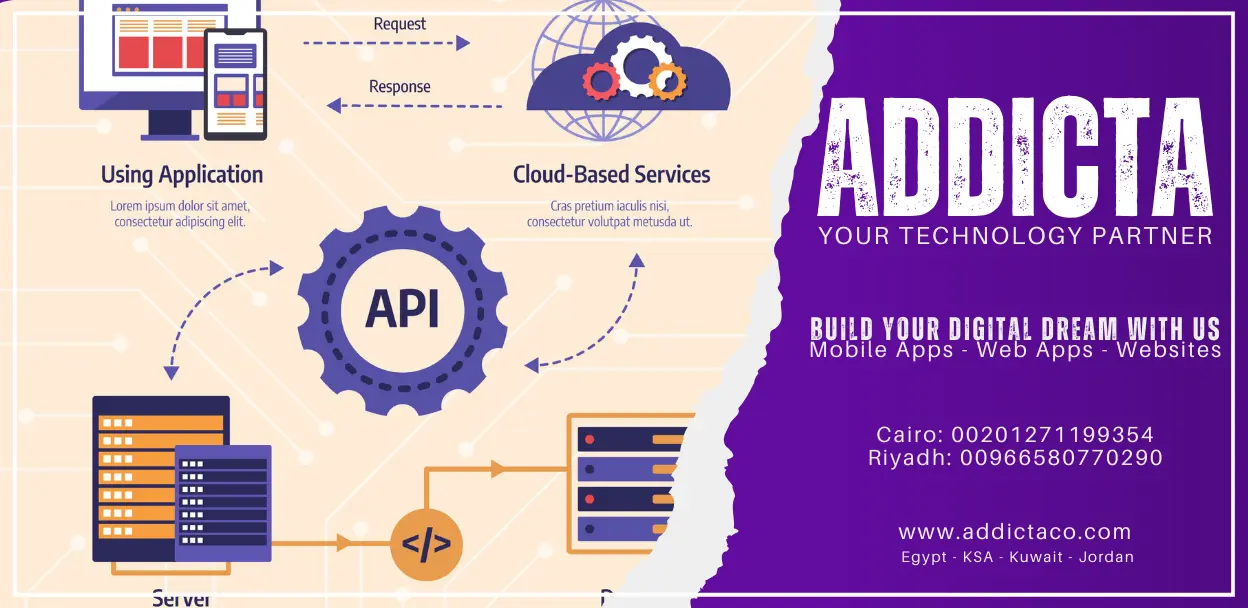Creating great web applications starts with well-designed APIs. Best practices for API design in web application help make your website or app faster, more secure, and easier to use. For businesses in Egypt looking to grow and attract new clients, following these practices can lead to more profit and happy customers.
What Are APIs and Why Are They Important?
APIs, or Application Programming Interfaces, are like messengers between different parts of a web application. They let your app talk to other apps and share data quickly and securely. When you follow best practices for API design in web application, you ensure that your digital tools work well together. This is key for building trust and delivering great user experiences.
Key Benefits of Well-Designed APIs:
- Speed: Fast APIs make your app load quickly.
- Security: Good API design keeps data safe.
- Ease of Use: A well-built API makes it simple for developers to add new features.
- Scalability: APIs that follow best practices can grow with your business.
Step-by-Step Guide for API Design
To build a robust API for your web application, follow these simple steps:
1. Plan and Define Your API
Before writing any code, define what your API will do. Ask yourself:
- What data do I need to share?
- Who will use my API?
- How will it help improve my business?
Clear planning ensures your API meets your business goals and improves client satisfaction.
2. Follow Standard Protocols
Use standard design protocols to keep things simple and organized:
- RESTful Design: REST (Representational State Transfer) is a popular choice. It helps create clean and easy-to-understand APIs.
- HTTP Methods: Use methods like GET, POST, PUT, and DELETE to manage data effectively.
Using standard protocols means your API is easy for developers to understand and use.
3. Ensure Security and Data Privacy
Security is vital when designing APIs. Protect sensitive data by:
- Using Encryption: Encrypt data in transit.
- Authentication: Require API keys or tokens to ensure only authorized users can access your API.
- Regular Updates: Keep your API secure by updating it regularly.
4. Keep It Simple and Well-Documented
A simple, clean API makes life easier for everyone:
- Clear Documentation: Write instructions on how to use your API.
- Error Handling: Provide clear error messages so users know what went wrong.
- Consistent Naming: Use clear, consistent naming conventions for endpoints and parameters.
Good documentation and simplicity help clients and developers work more efficiently.
5. Test and Optimize Your API
Before launching your API, test it thoroughly:
- Load Testing: Check if your API handles heavy traffic.
- User Testing: Get feedback from real users to find any issues.
- Optimization: Fine-tune performance to make sure the API is as fast as possible.
Testing ensures your API works smoothly and meets the needs of your business.
Following best practices for API design in web application can transform your digital presence. A well-designed API leads to a faster, more secure, and user-friendly website or app. For your business in Egypt, this means increased profit, higher customer satisfaction, and a competitive edge in the market.
Ready to upgrade your web application with expert API design? Addicta is here to help you create seamless digital experiences that boost your business growth.
Contact Addicta Software Development Company now and take the first step toward better API design and a more successful online presence.

